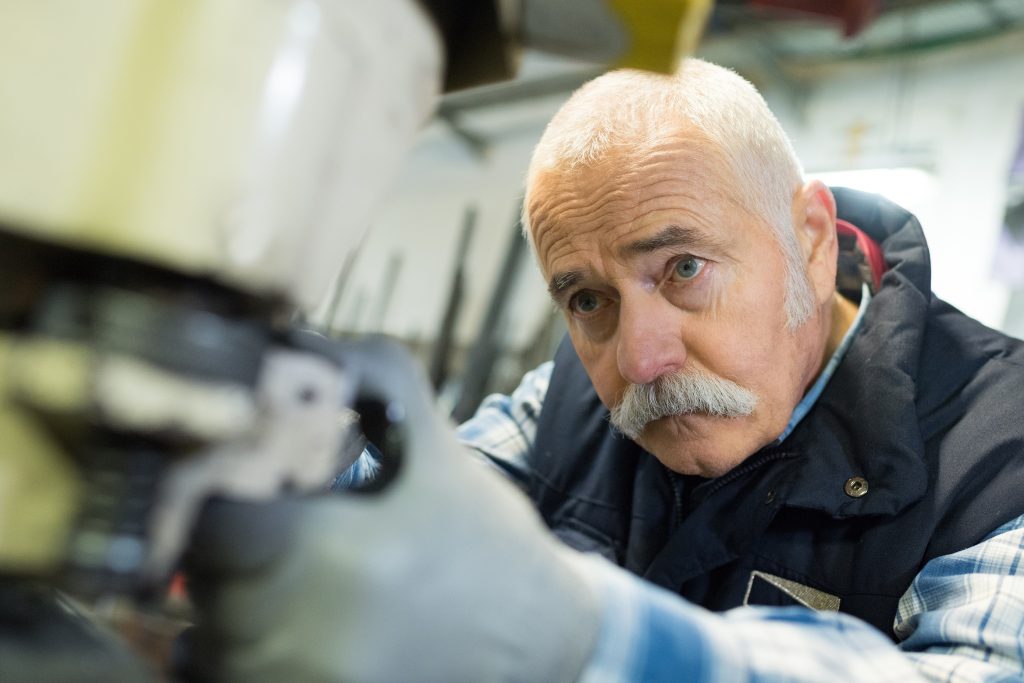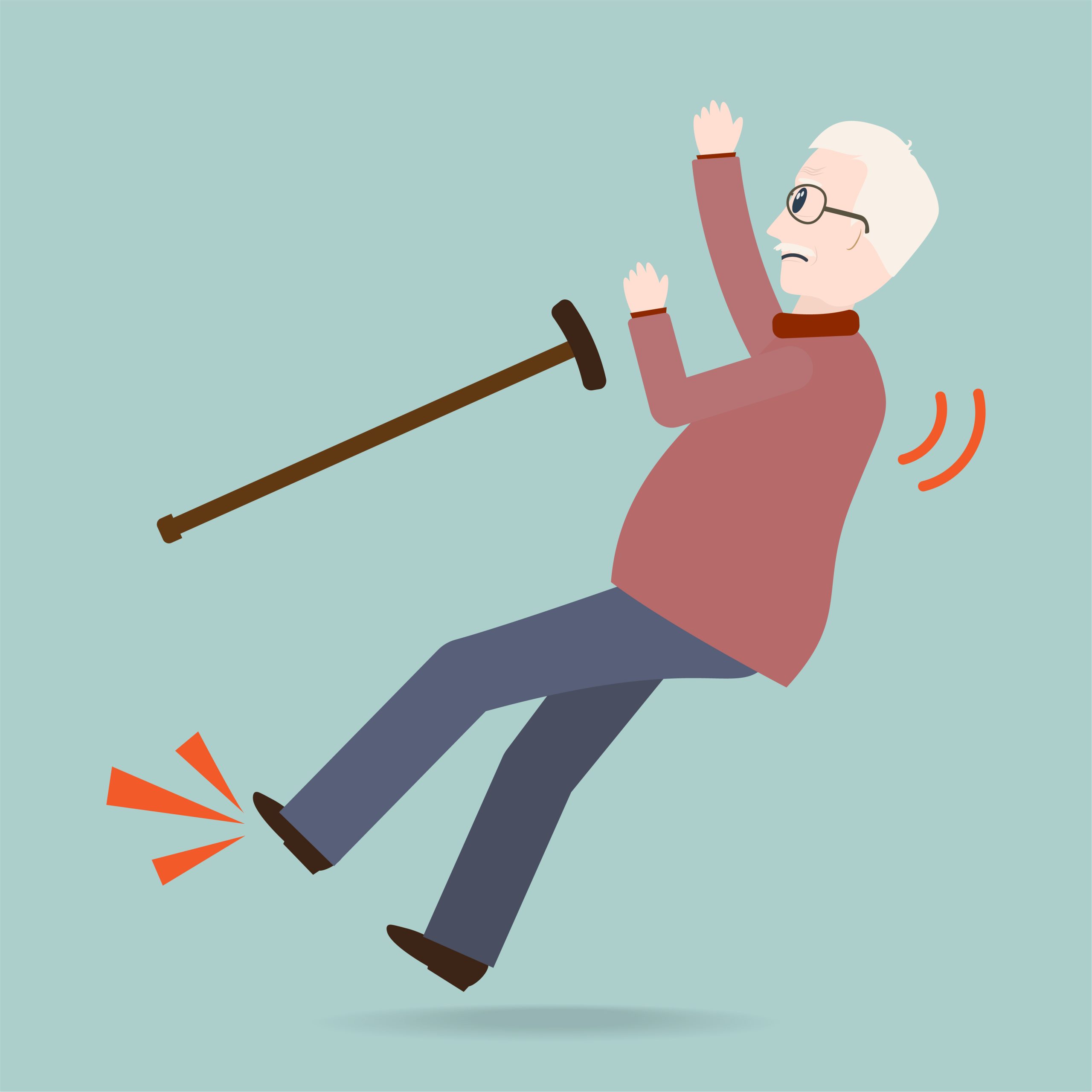Tips for the Aging Workforce

An aging workforce comes with plenty of benefits. For starters, older employees typically come with a wealth of knowledge based on a lifetime of experiences. For those older employees who have been with a company for several years, this includes a rich understanding of company policies, practices, and history. Not only can these employees help to explain practices to newer personnel, they can also help to inform them of why these practices and policies exist.
In addition to having seasoned veterans on your payroll, some of these employees are able to contribute extensive expertise and knowledge from other sectors. For example, they have retired from a career with a major corporation or competitor. The knowledge they have from these previous positions can help enhance processes, practices and understanding.
That being said, an aging workforce also means that certain precautions and strategies must be used to ensure safety for all employees in that category. Below, the experts at Work-Fit provide tips on managing an aging workforce.
An Aging Demographic
According to the U.S. Bureau of Labor and Statistics (BLS), roughly 1 out of every 4 workers will be 55 years of age or older by 2022. Today, BLS demographics show that 1 in five workers are at least 55 years old, if not older.
Workplace injuries can happen at any time, regardless of age. However, older employees are more likely to suffer severe injuries from these incidents. In fact, statistics indicate that employees who are 5 years or older will miss an average of 14 days due to a workplace injury; workers between the ages of 16 and 24, on the other hand, will miss an average of 5 days for the same injury.
Aging Workforce Solutions
There are plenty of ways you can show your support of an aging workforce. However, the aging workforce solutions listed below are considered some of the best. Let’s take a look.
Align Tasks & Abilities
Micromanaging activities often creates a repressive, or stressful, work environment regardless of age. However, aging workforces typically have a harder time accepting this. (After a lifetime of employment and experiences, many find it insulting to have a manager “babysitting” their efforts.) Aligning tasks to abilities allows workers to self-monitor. Not only can they set their own pace and still meet requirements, but they can take breaks as needed to ensure continued alertness, focus, and interest in their tasking.
Prioritize Flexibility
While your benefits package may be competitive, workers tend to favor flexibility. For example, allowing workers to have a say in their scheduling, working conditions, and tasking can show your employee that their input matters. This is particularly true with an aging workforce.

Manage Hazards
Slips, trips, and falls accounted for roughly 26% of non-fatal workplace injuries in 2017. In almost all cases, the injuries that resulted from these incidents were entirely preventable. Managing hazards can ensure the majority of workplace injuries are prevented. This includes measures like the use of proper lighting, cleaning spills up immediately, and reducing excessive background noise where possible. As mobility can be impacted as individuals age, it is important to reduce these hazards before they become serious safety concerns.
Create Ergonomically Friendly Environments
Ergonomically friendly tools, workstations, seating, and other items can help your entire workforce. Not only does this help to reduce the strain on aging ’ joints and muscles, it also helps prevent future issues for your younger employees as well.
Invest in Adequate Training
Technologies are ever evolving. Some of your aging workforce may struggle with this. It is important that you invest in training that helps these individuals adapt to these newer technologies without belittling their intelligence. Furthermore, investing in your own training can help enhance the effectiveness of your management practices when dealing with a workforce that spans several generations.
Be Proactive
Reasonable accommodations can help older employees who have suffered an injury or illness return to work more quickly. Furthermore, investing in programs that promote health or lifestyle solutions can benefit an aging workforce in their overall wellness and job satisfaction. For example, if your business includes a food court or vending machines, including healthy options can encourage better nutrition.
Encourage Breaks
Prolonged sedentary work can cause problems for employees of every age, but it is especially detrimental for older personnel. Workers should be able to take breaks as needed; encourage employees to take a walk or stretch their legs every hour. If you have the ability, providing avenues for low-cost community options can encourage healthy activities even outside of work. For example, employee discounts at a local gym can encourage your aging workforce to invest in their health even outside the workplace.
Workforce Support with Work-Fit
At Work-Fit, we understand the importance of each member of your workforce. Whether your employees are multi-generational or not, the benefits of including an aging workforce are worth the investment. If you are interested in learning more about managing an aging workforce, contact Work-Fit today!



